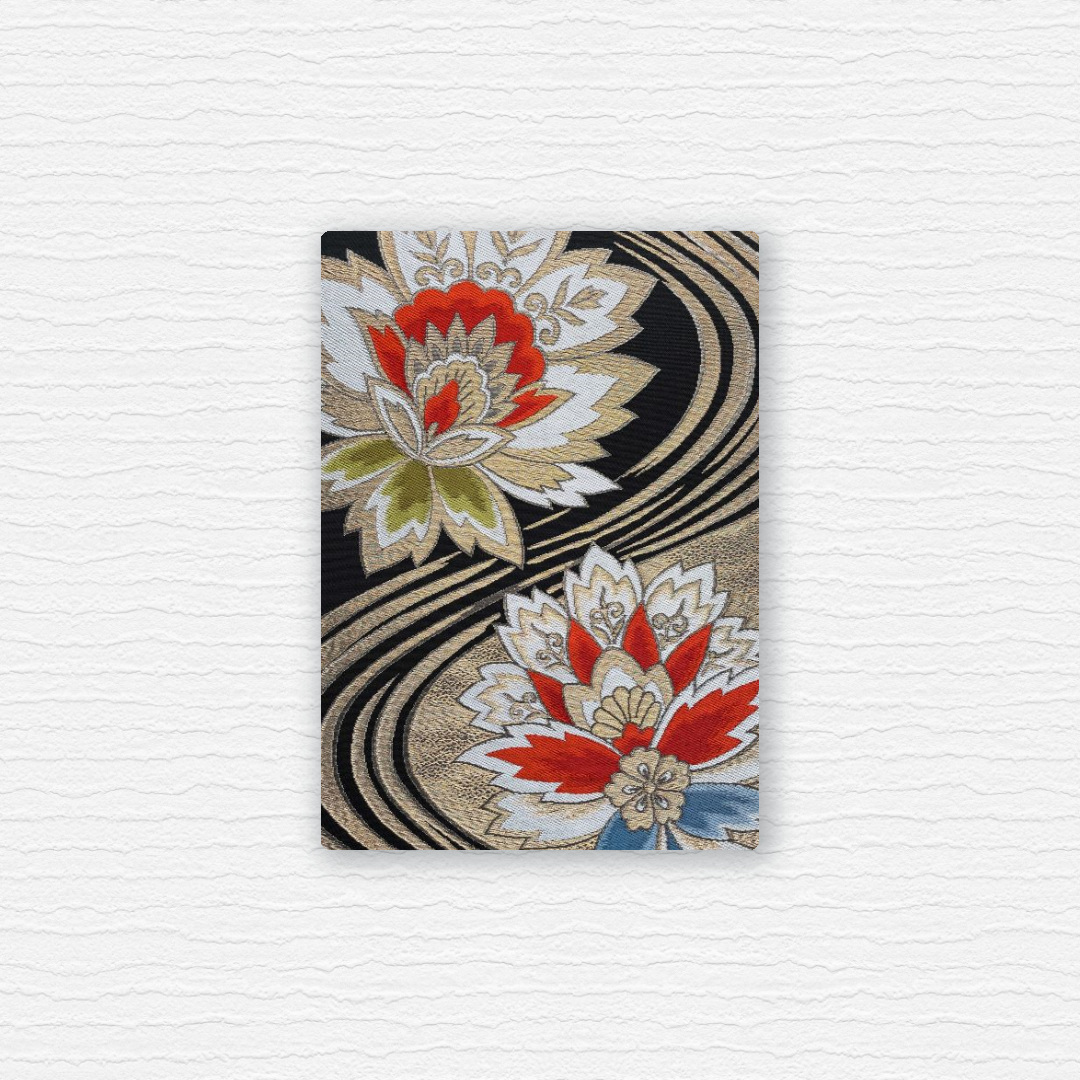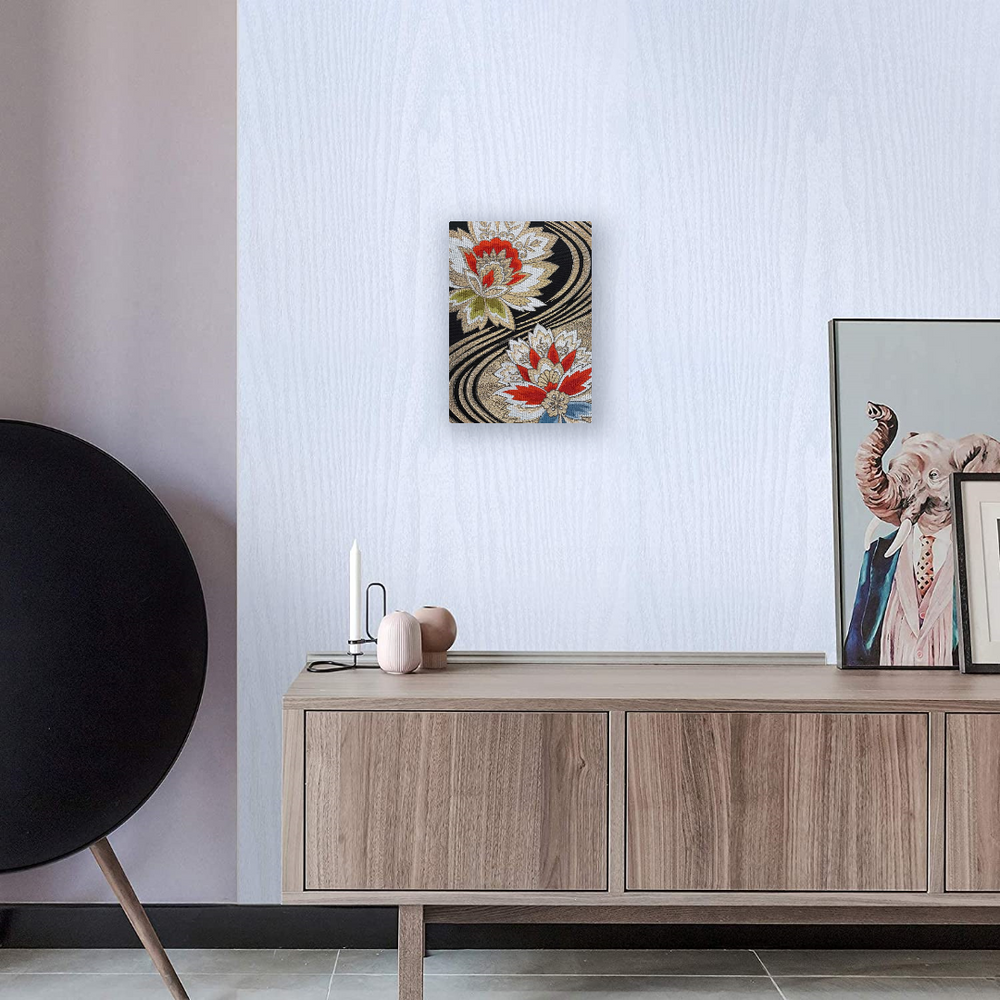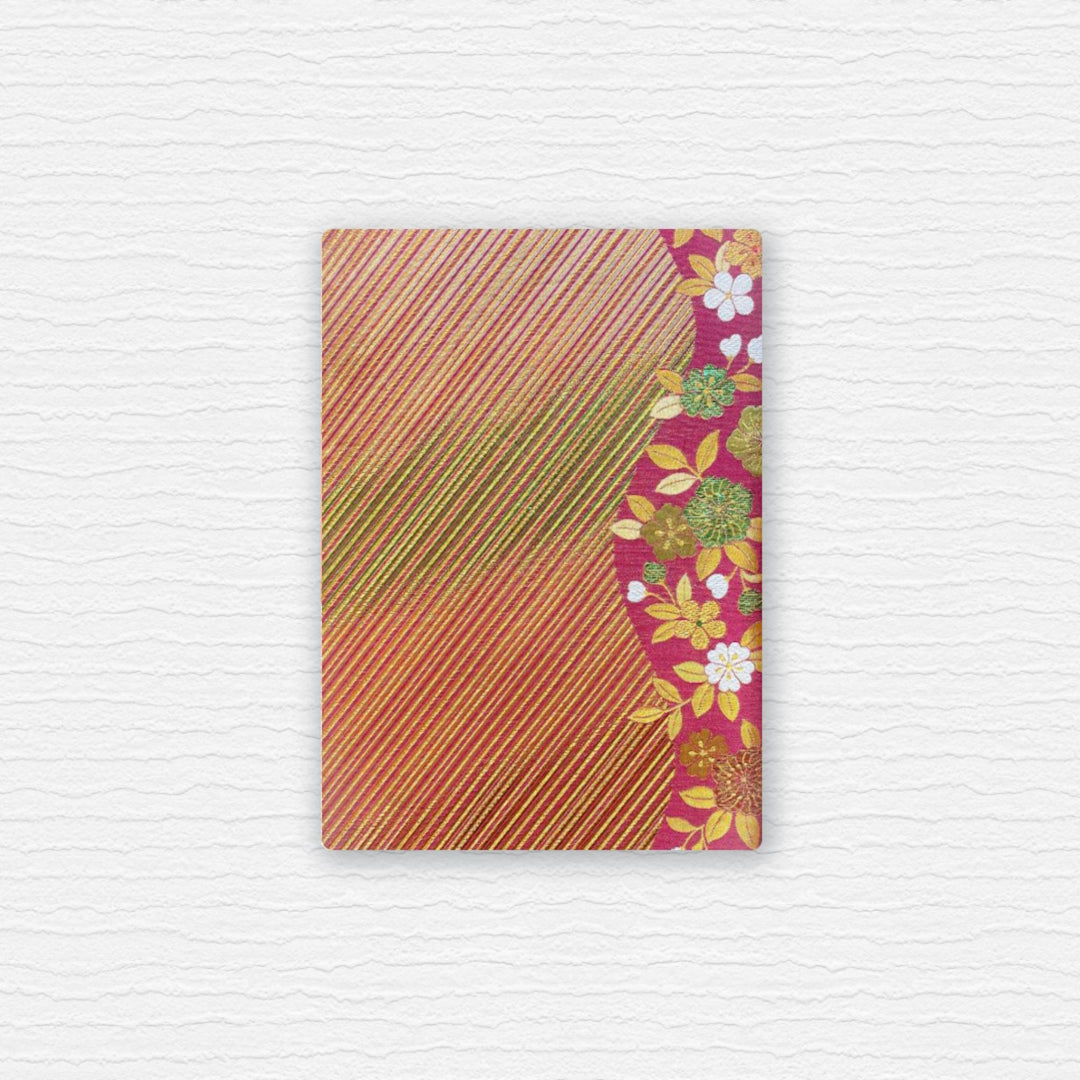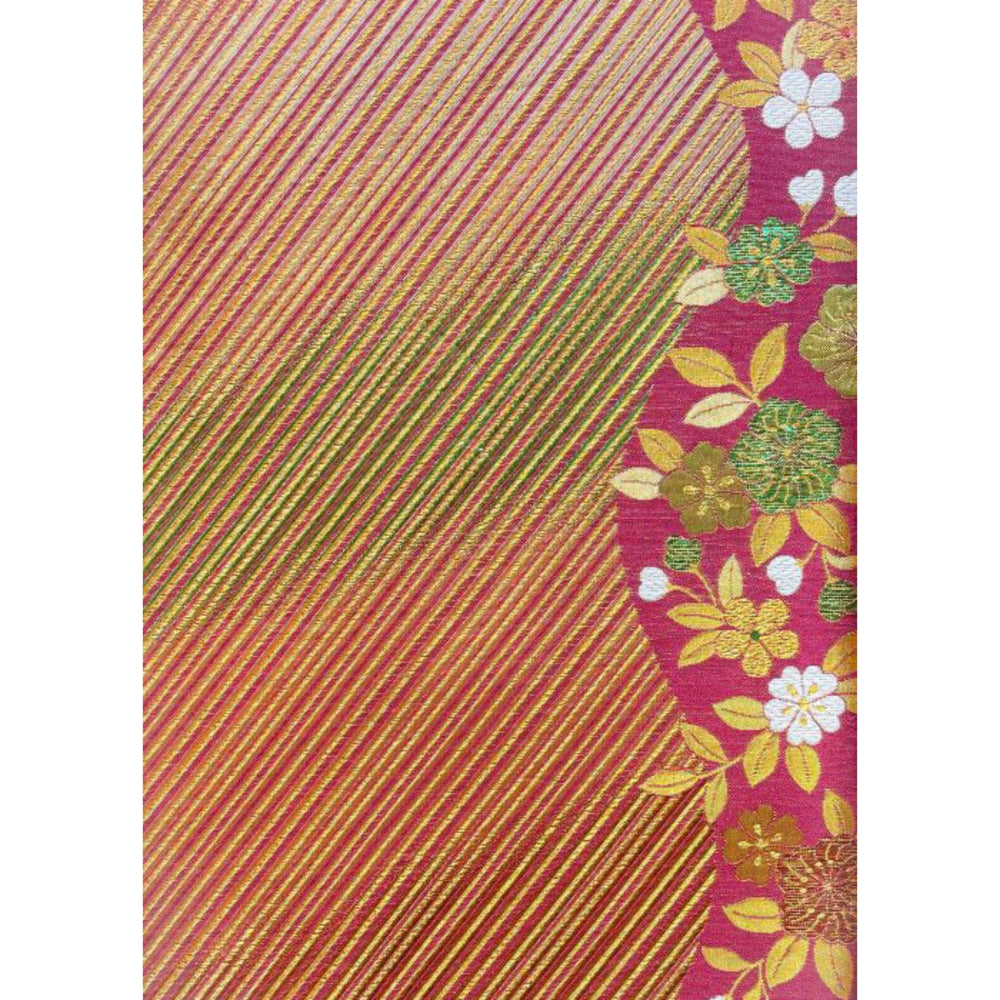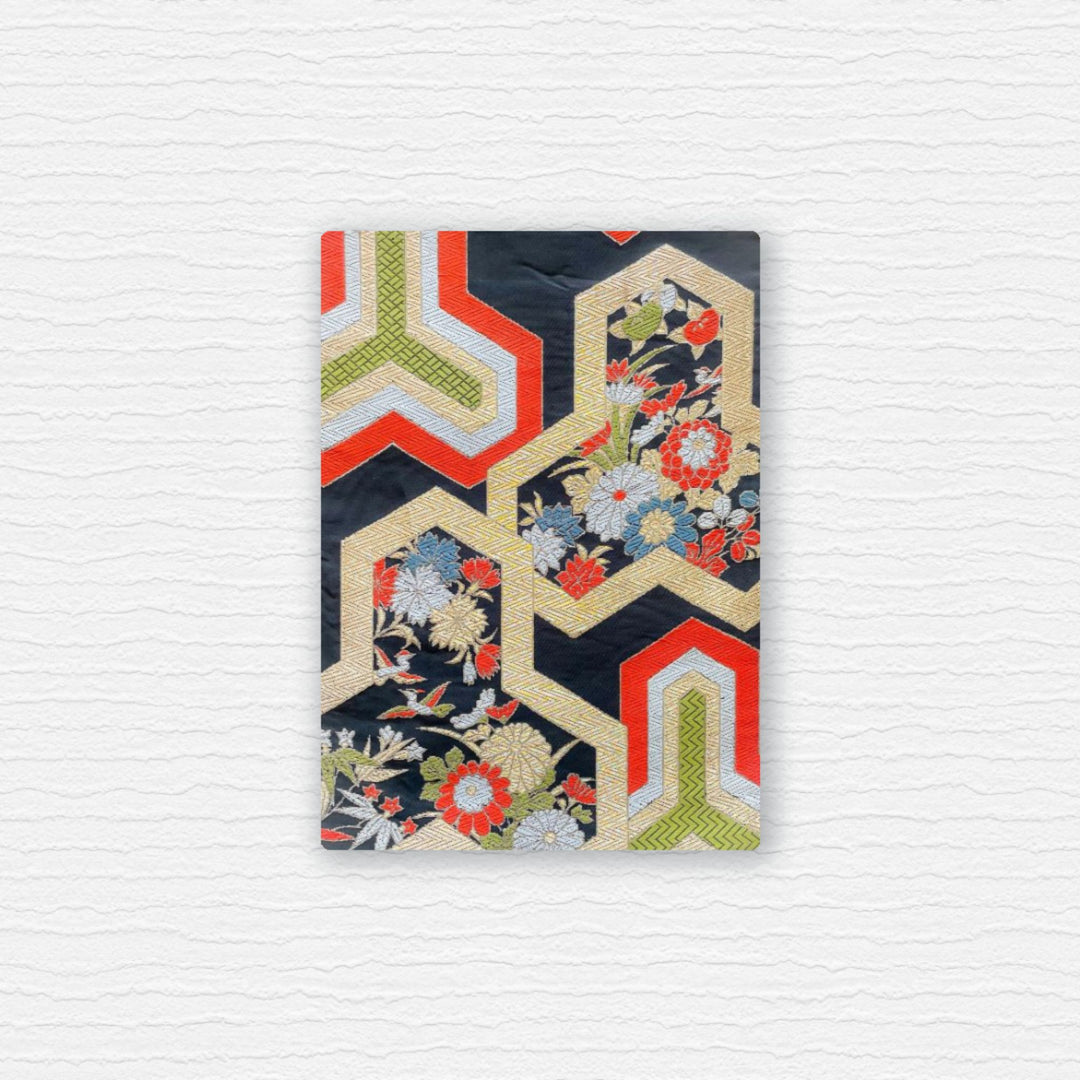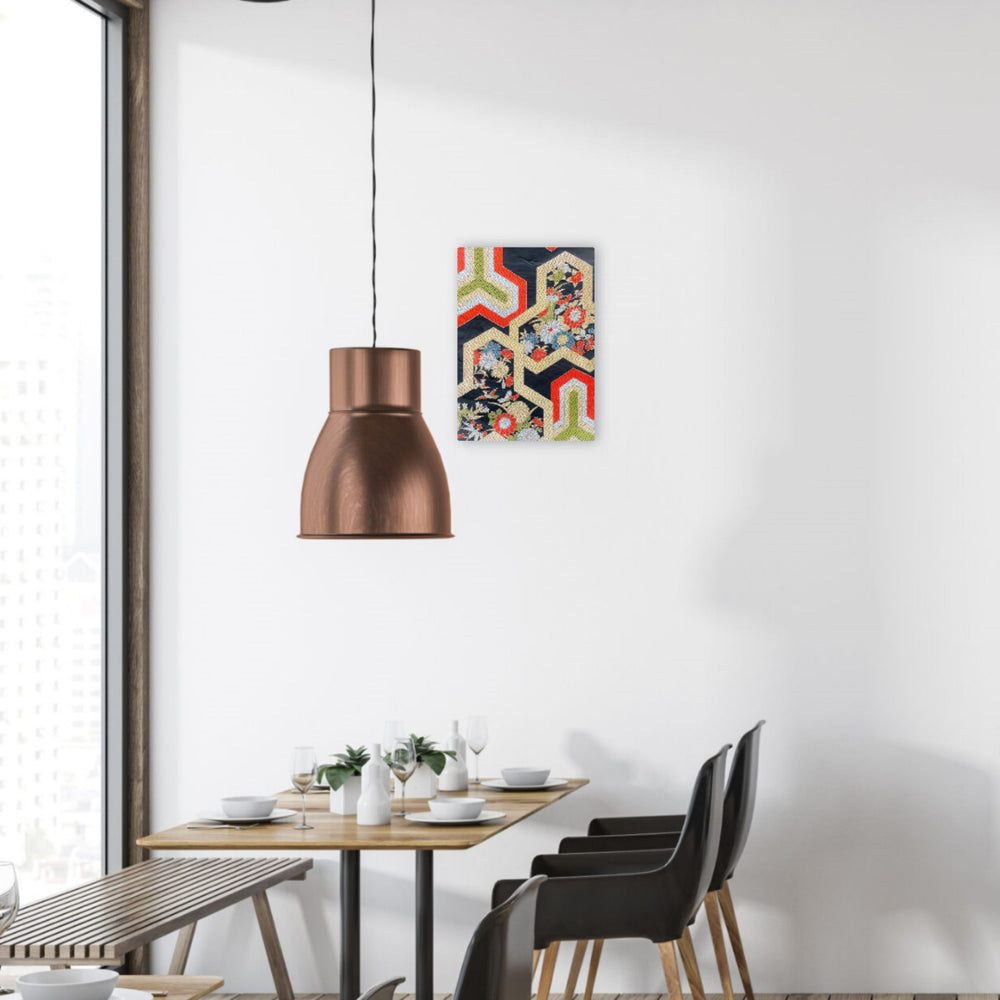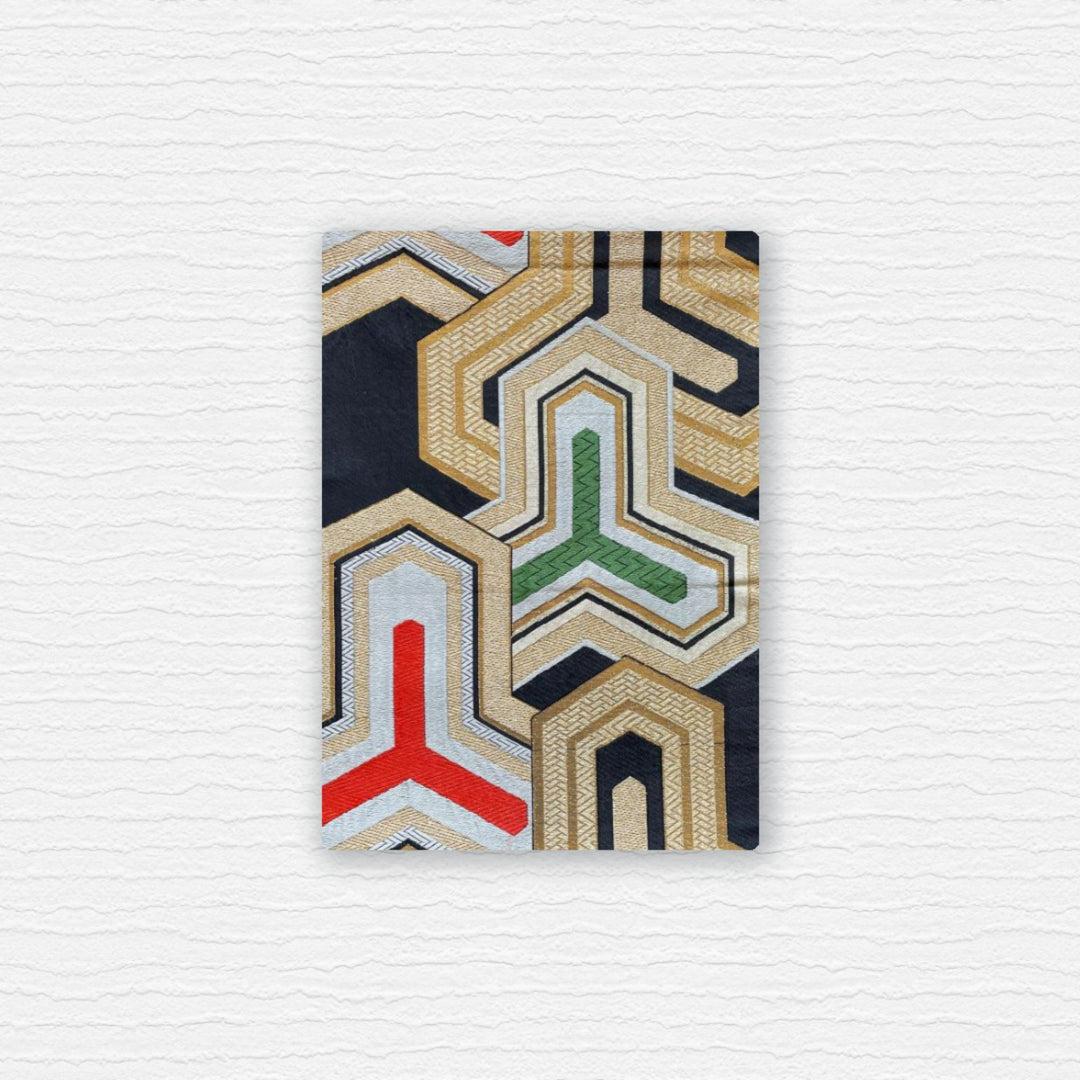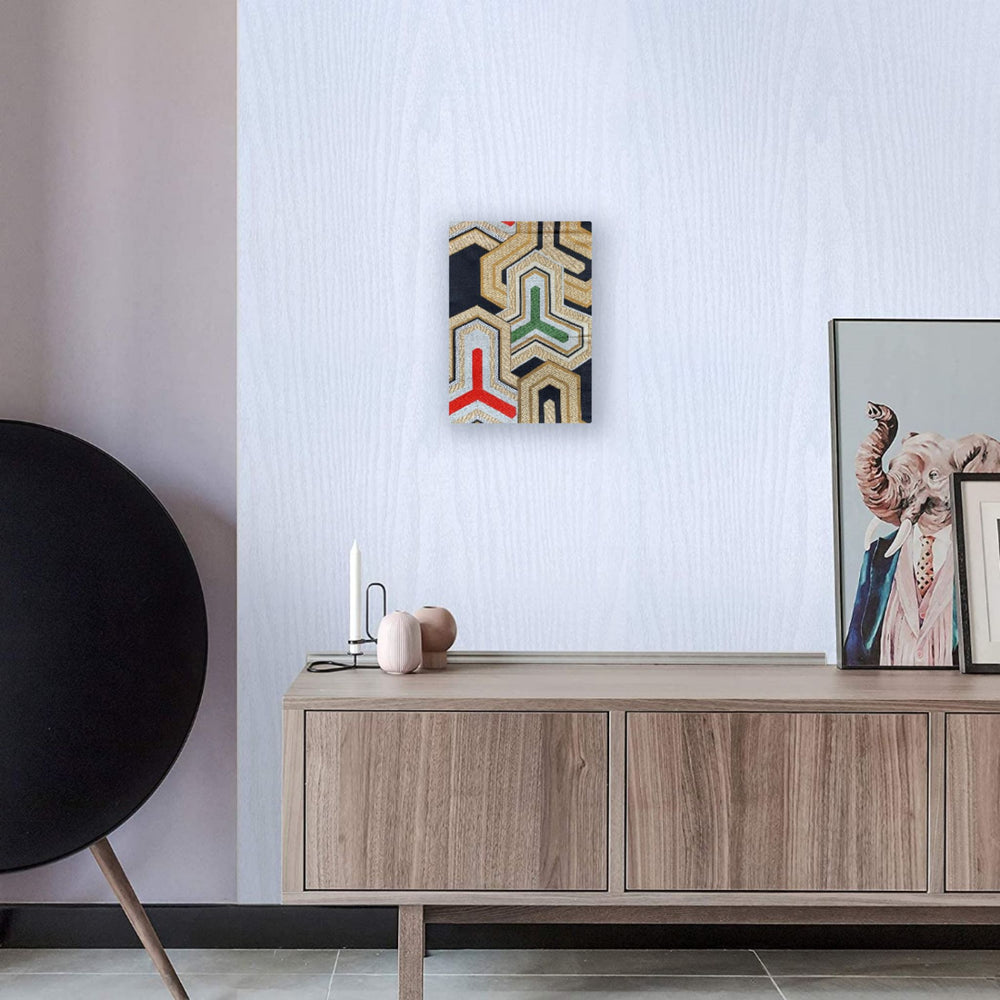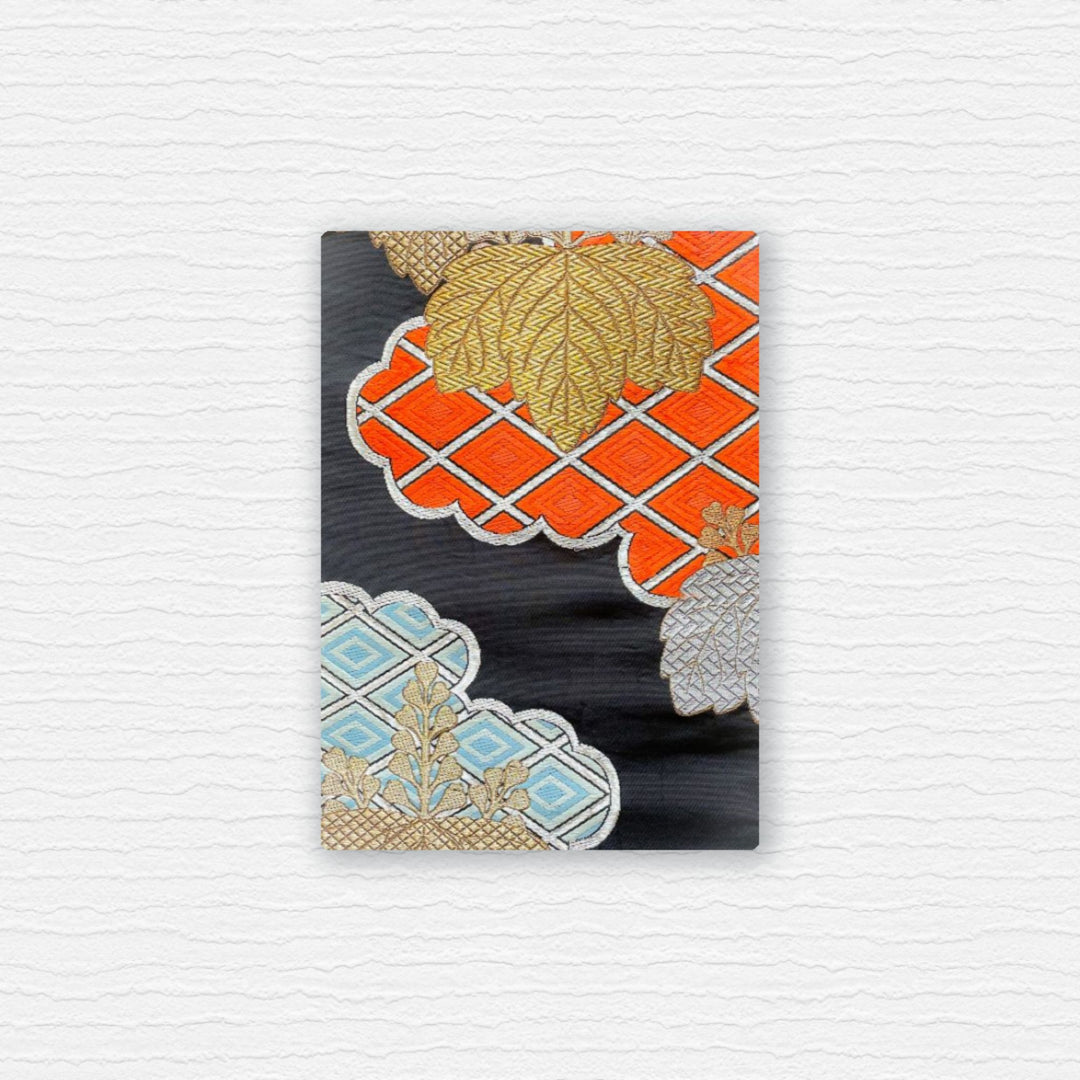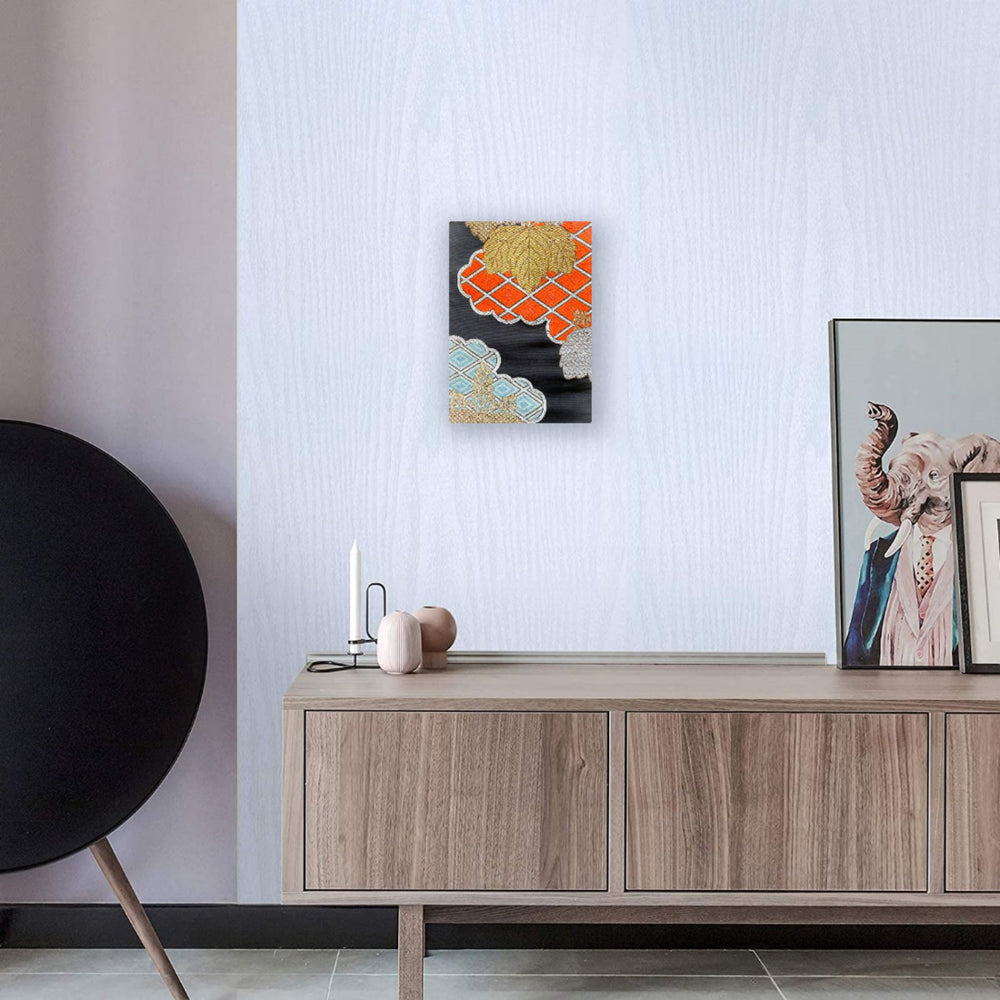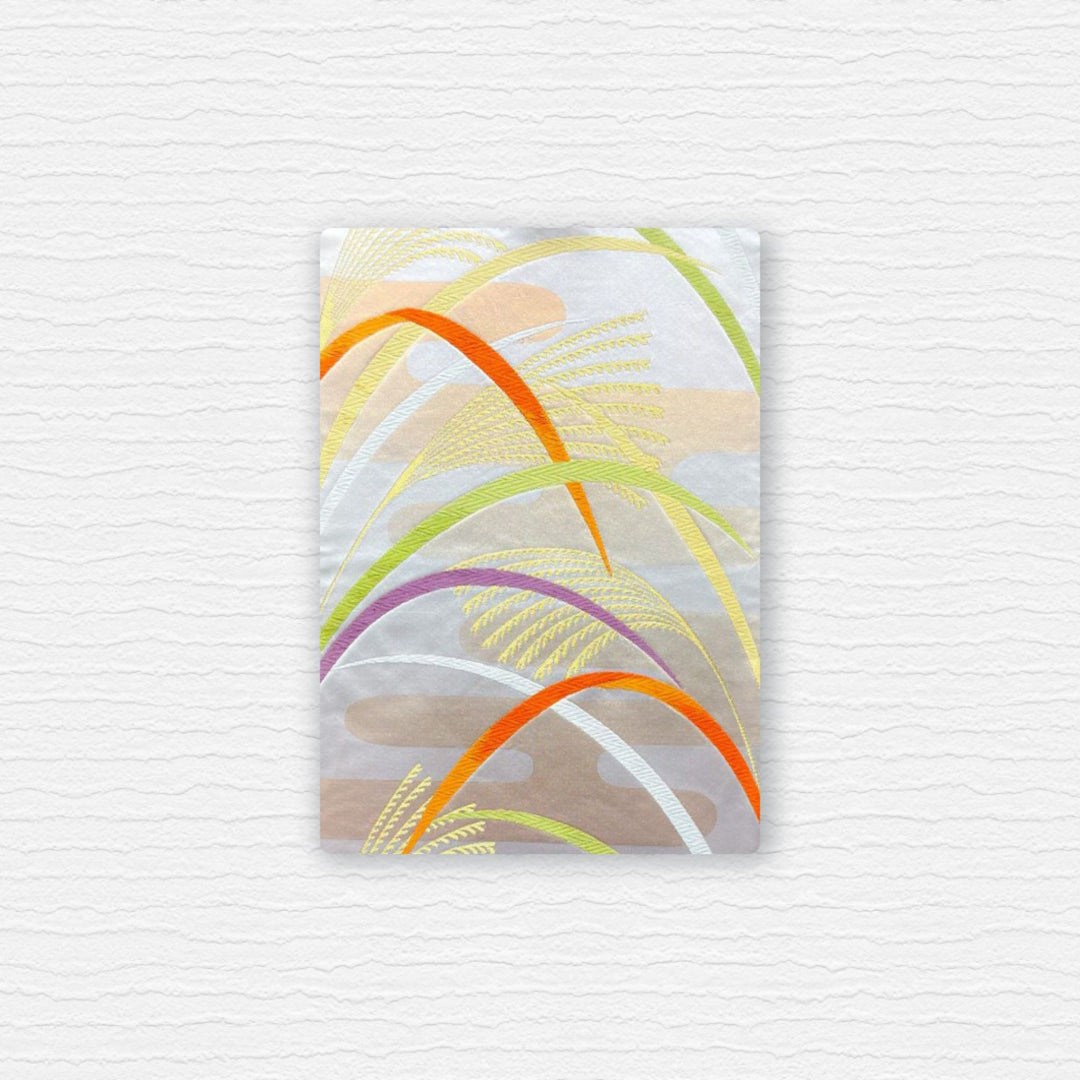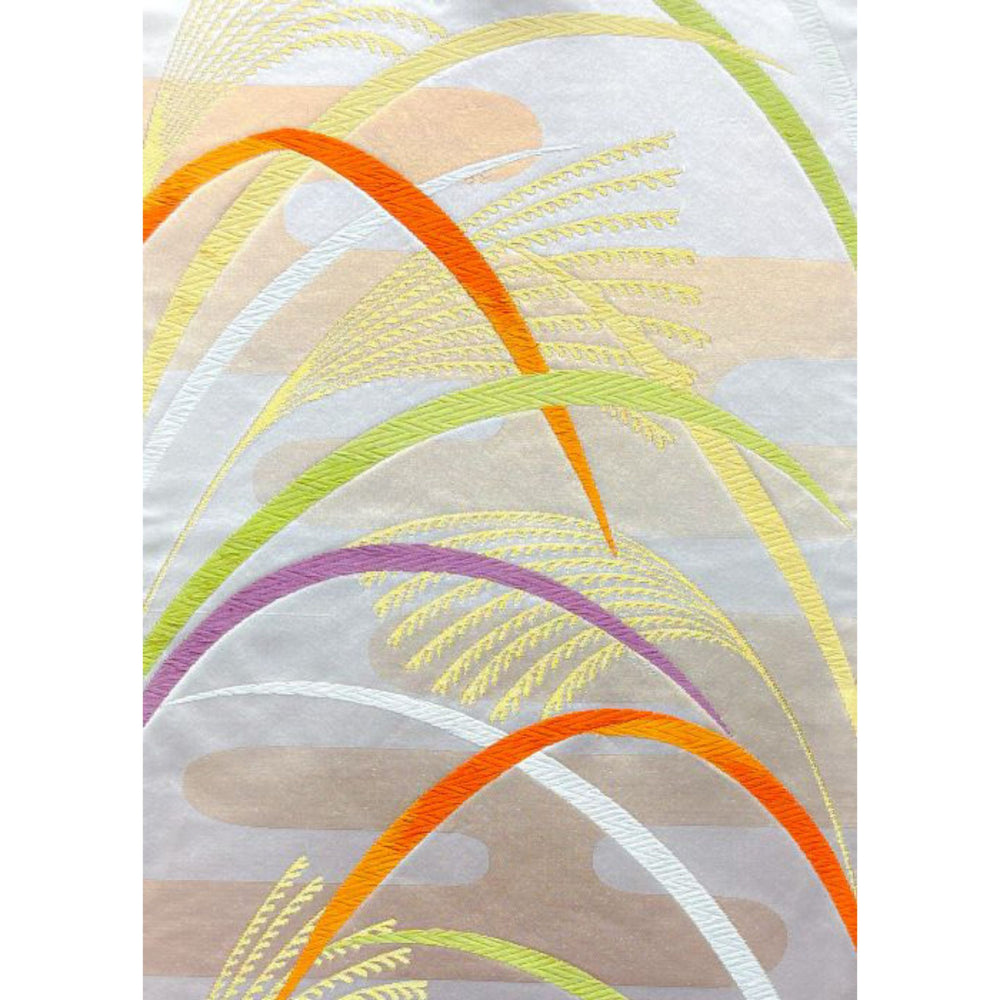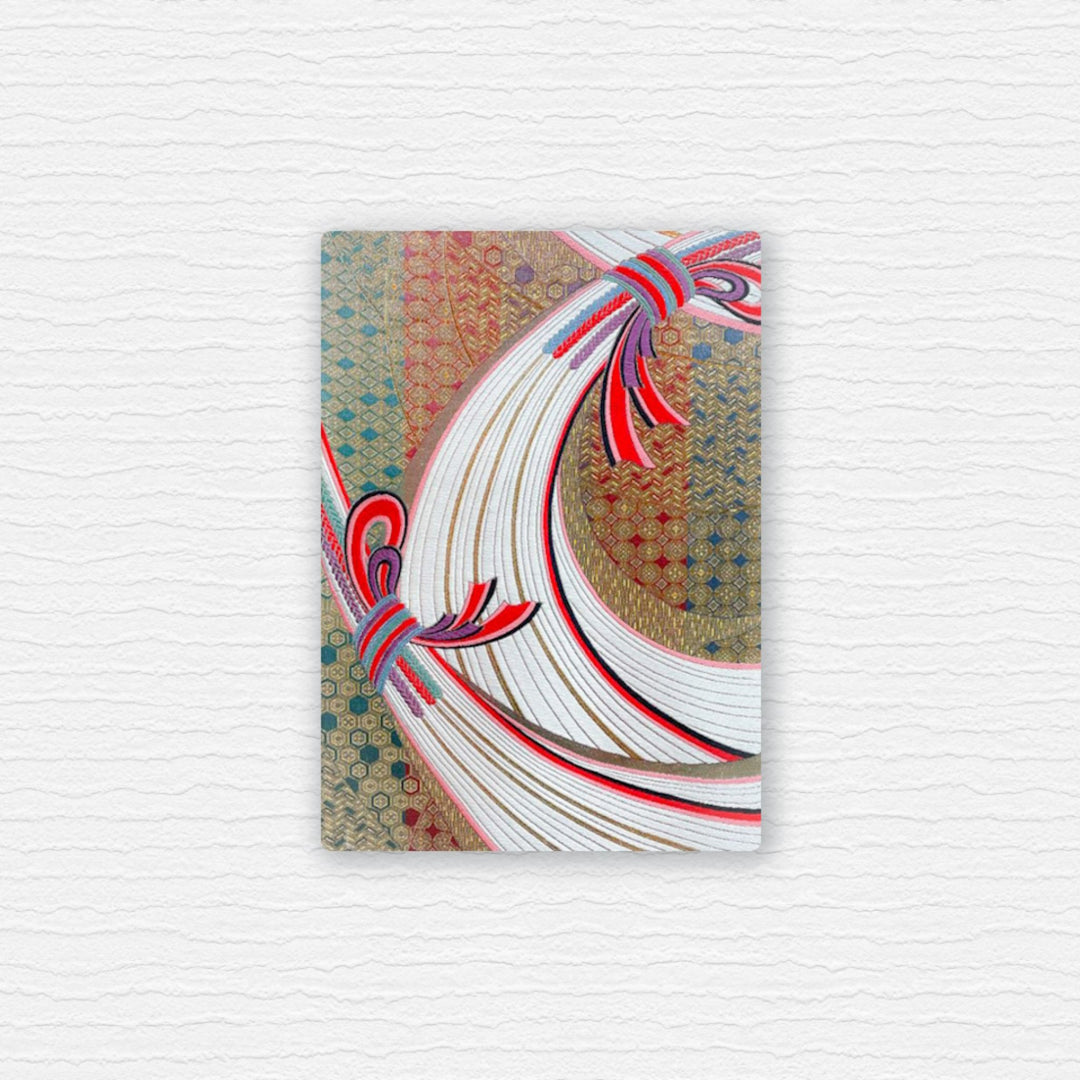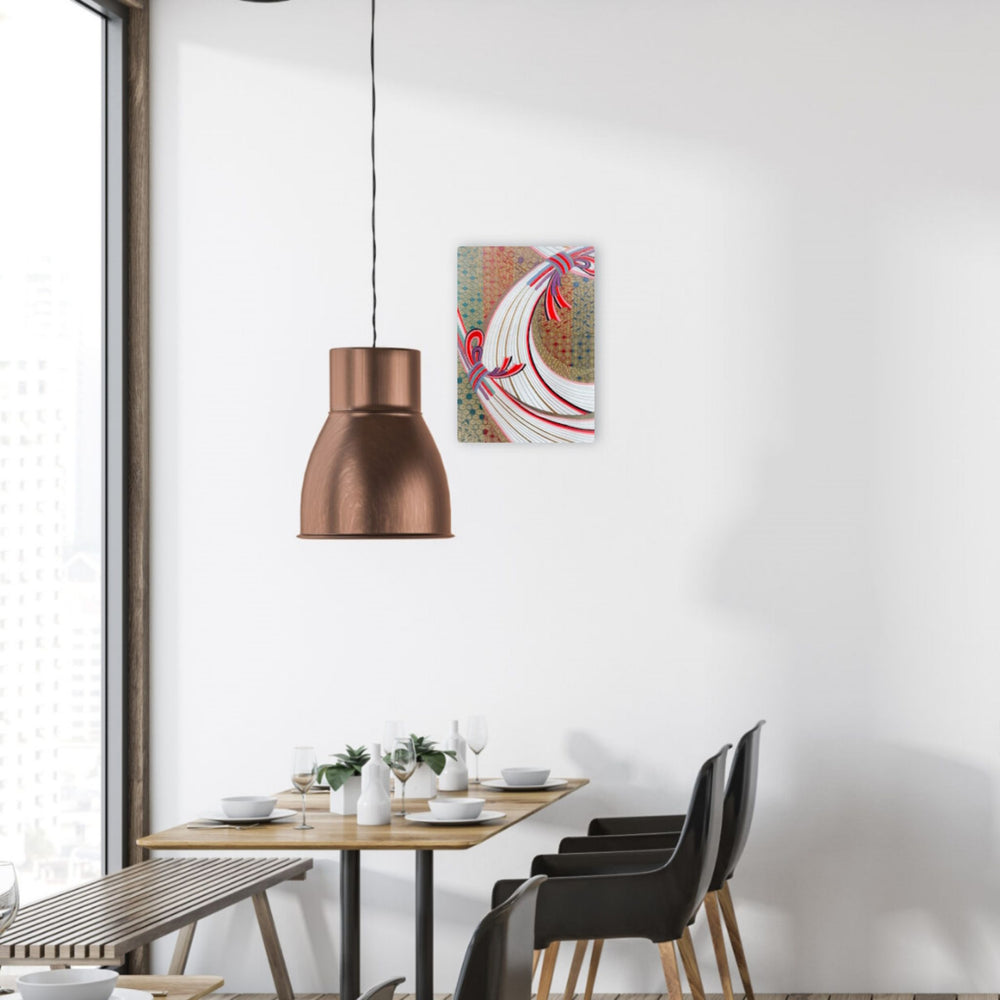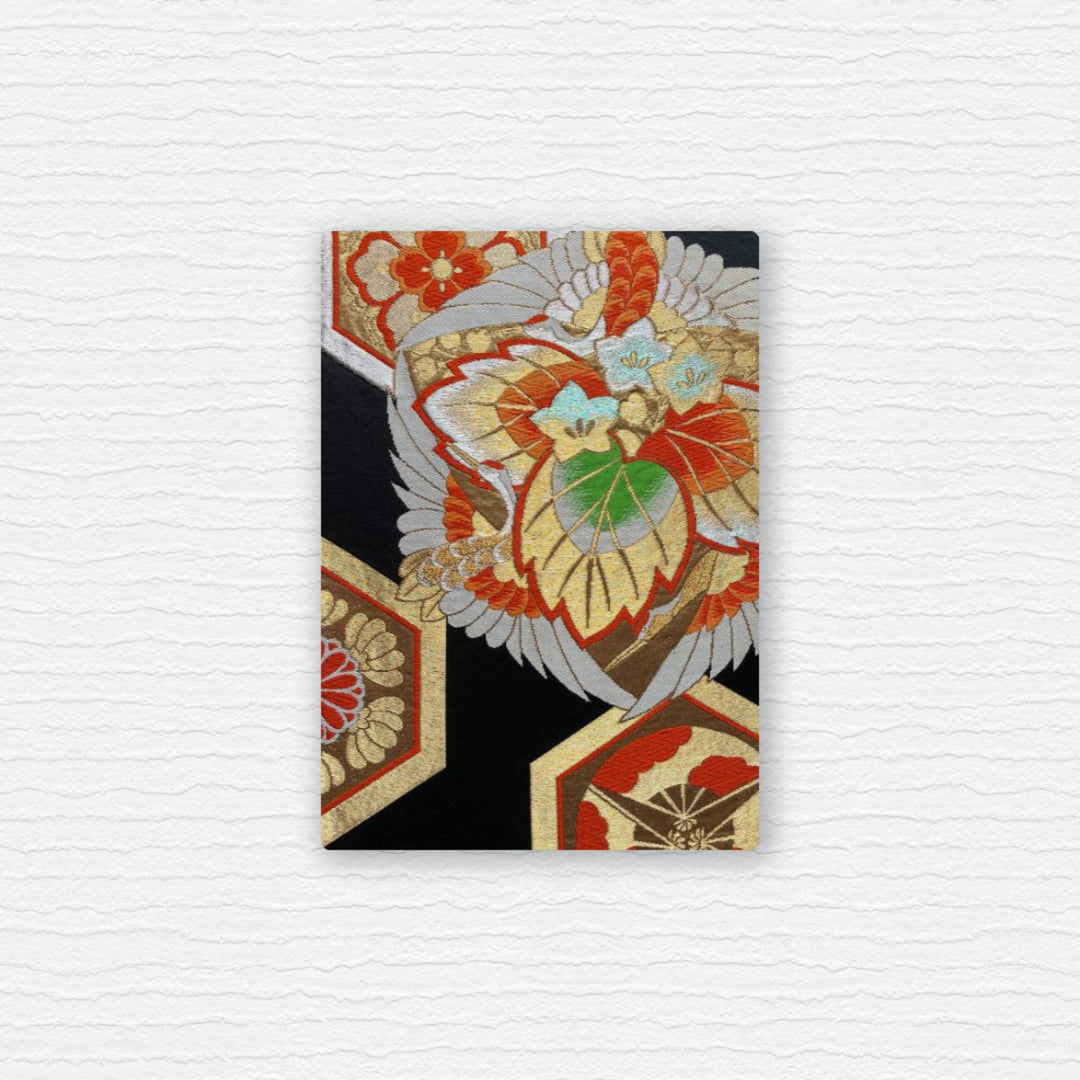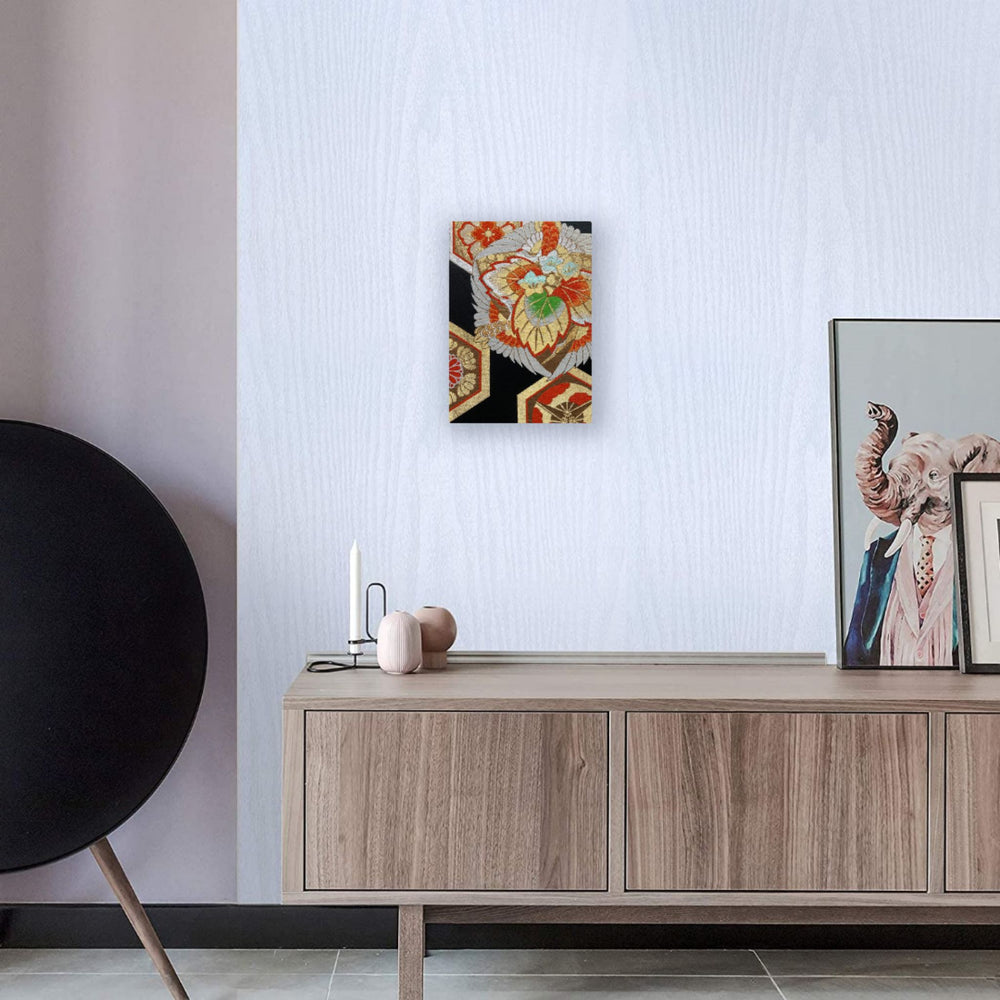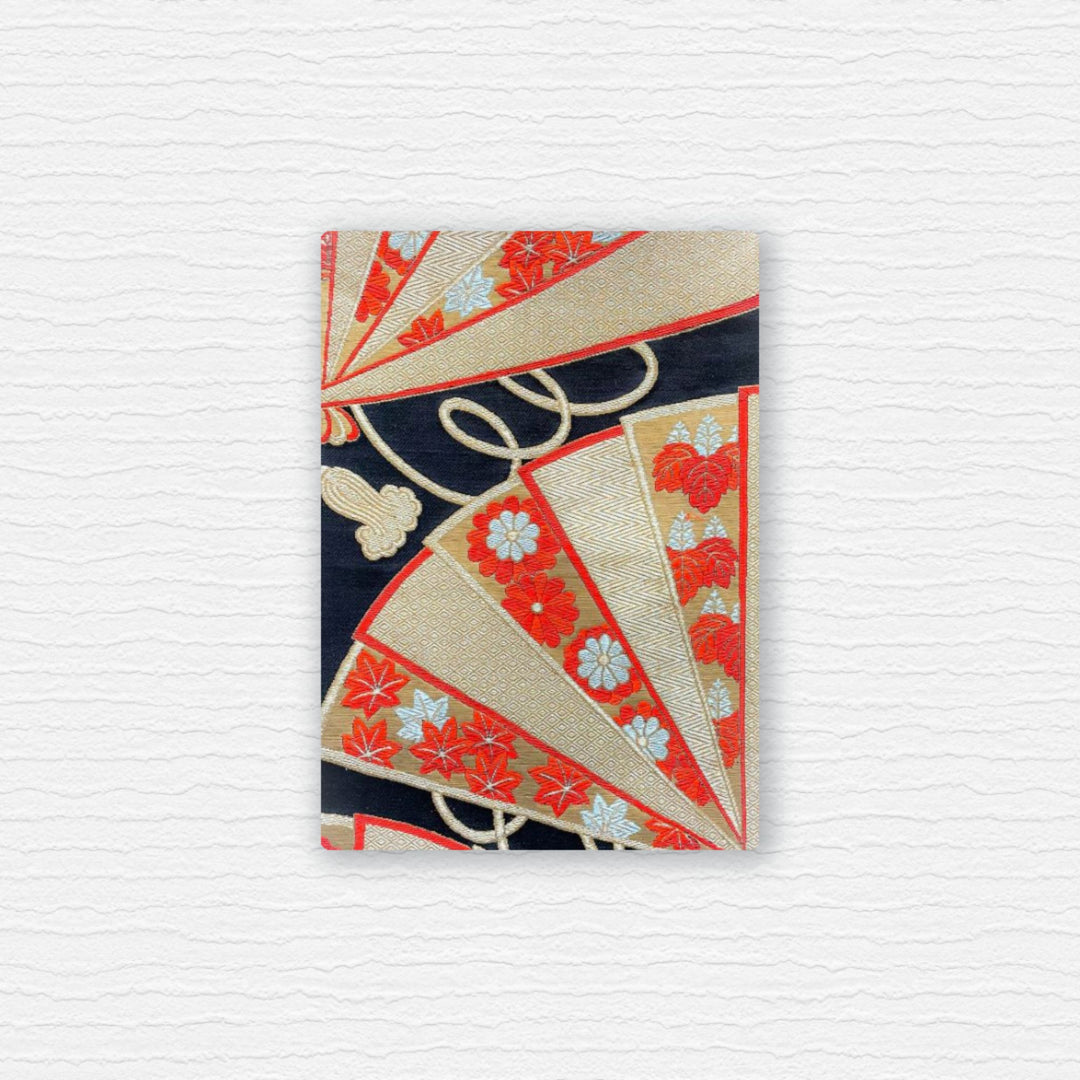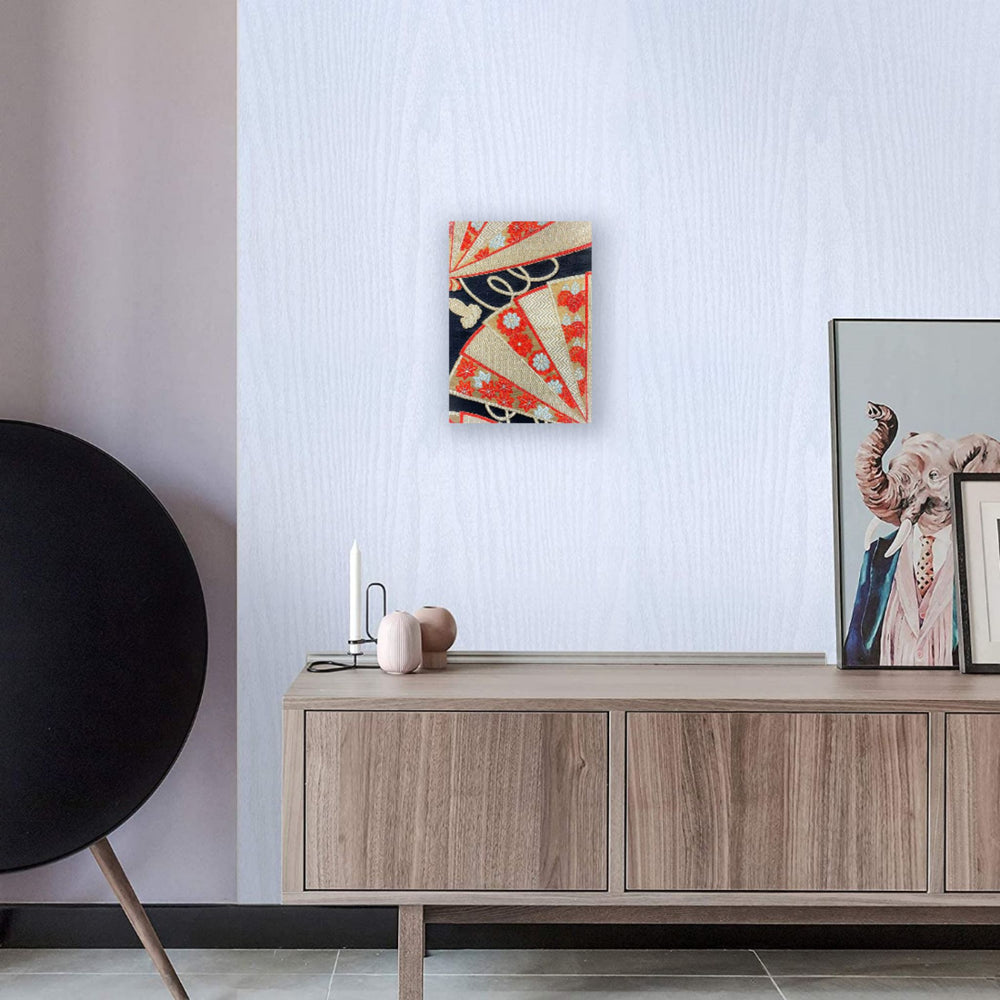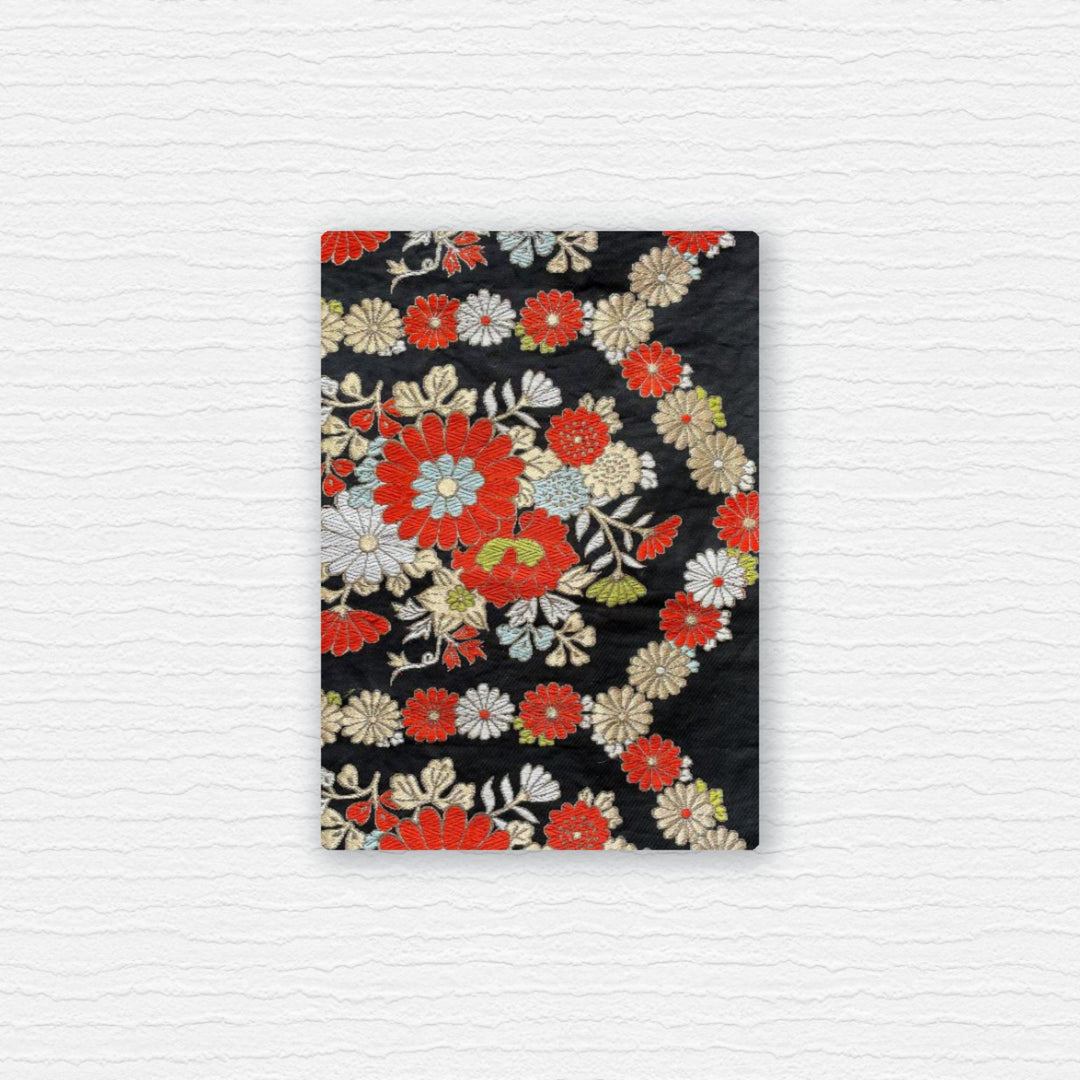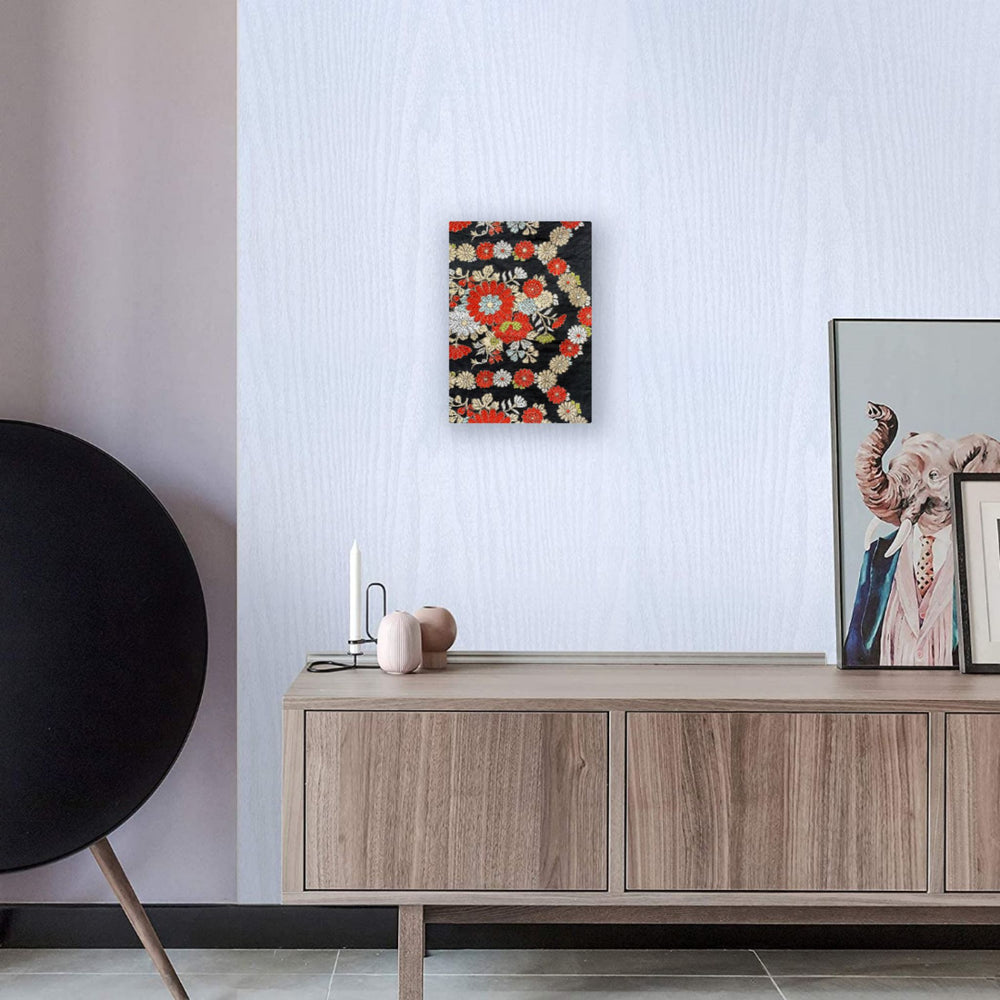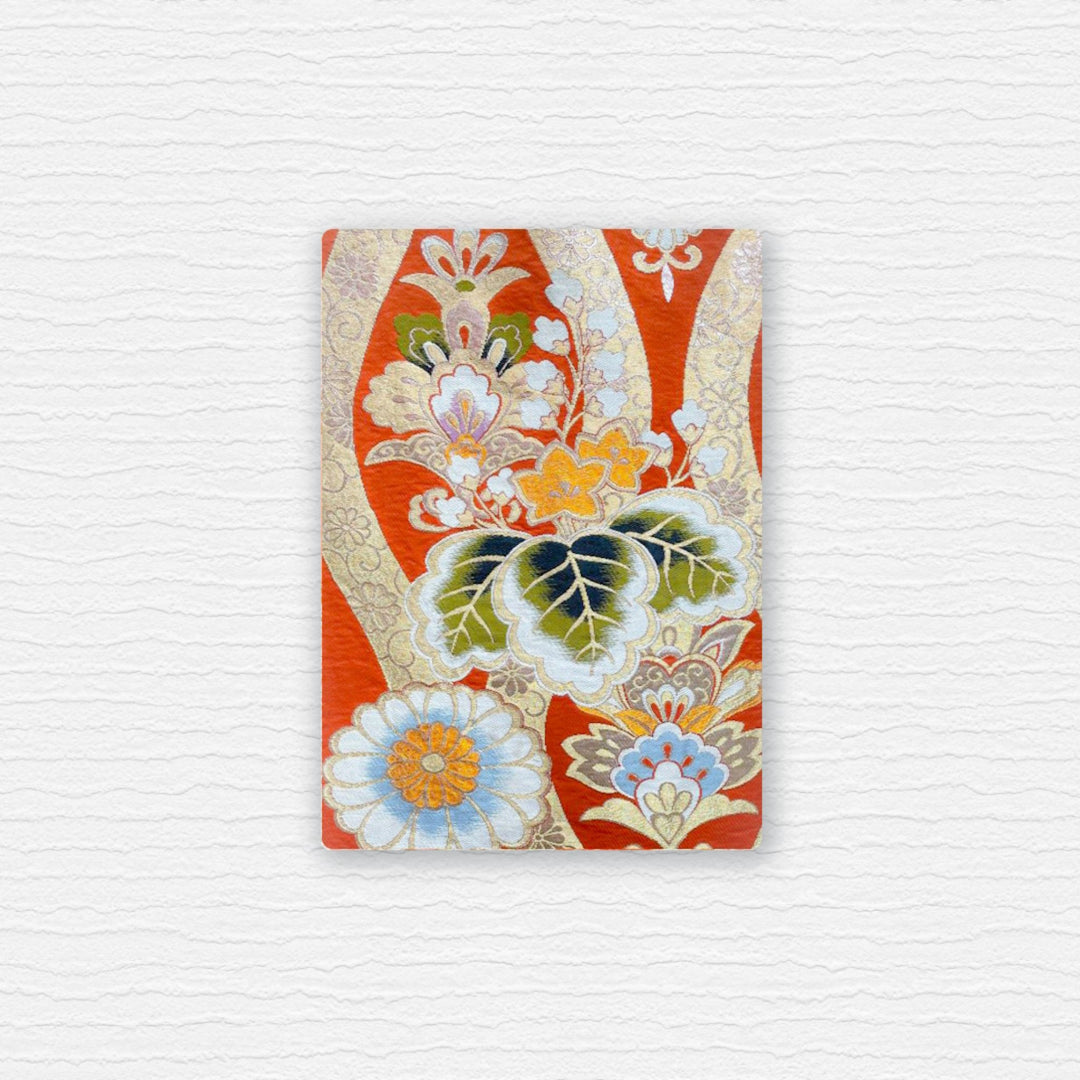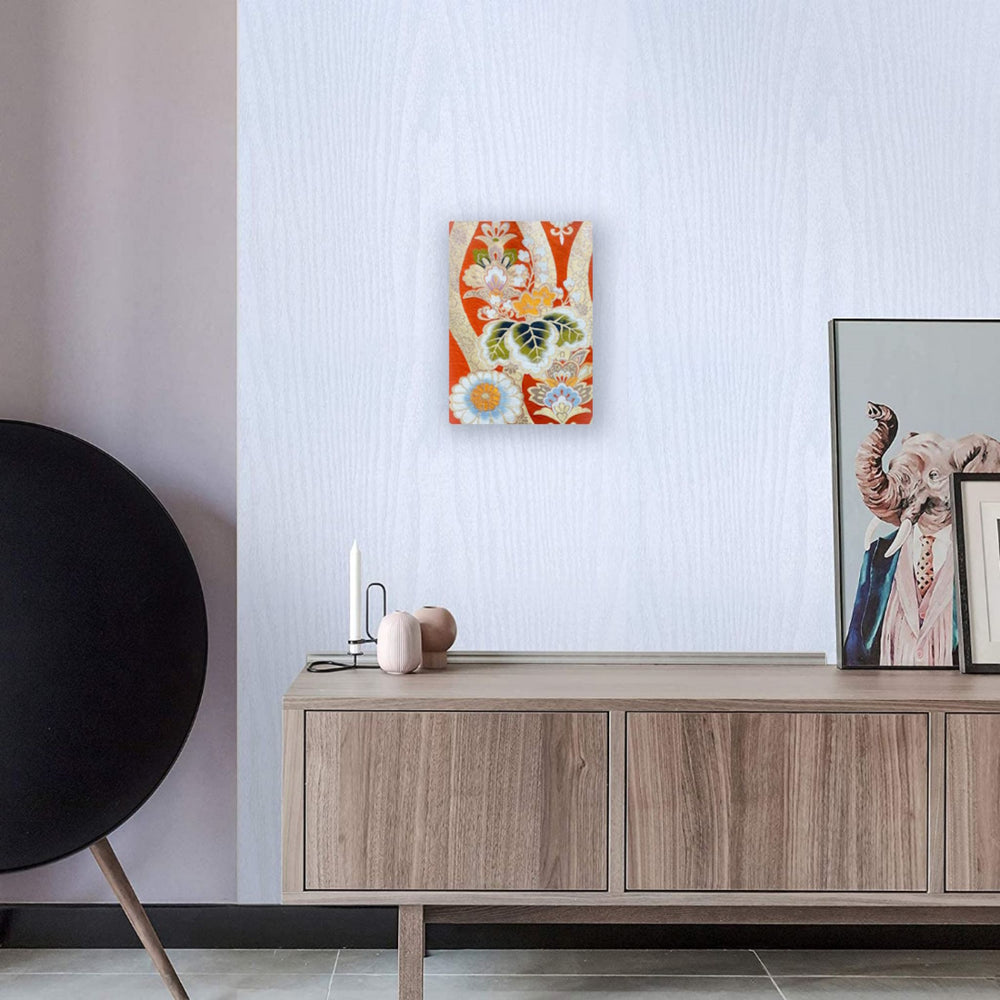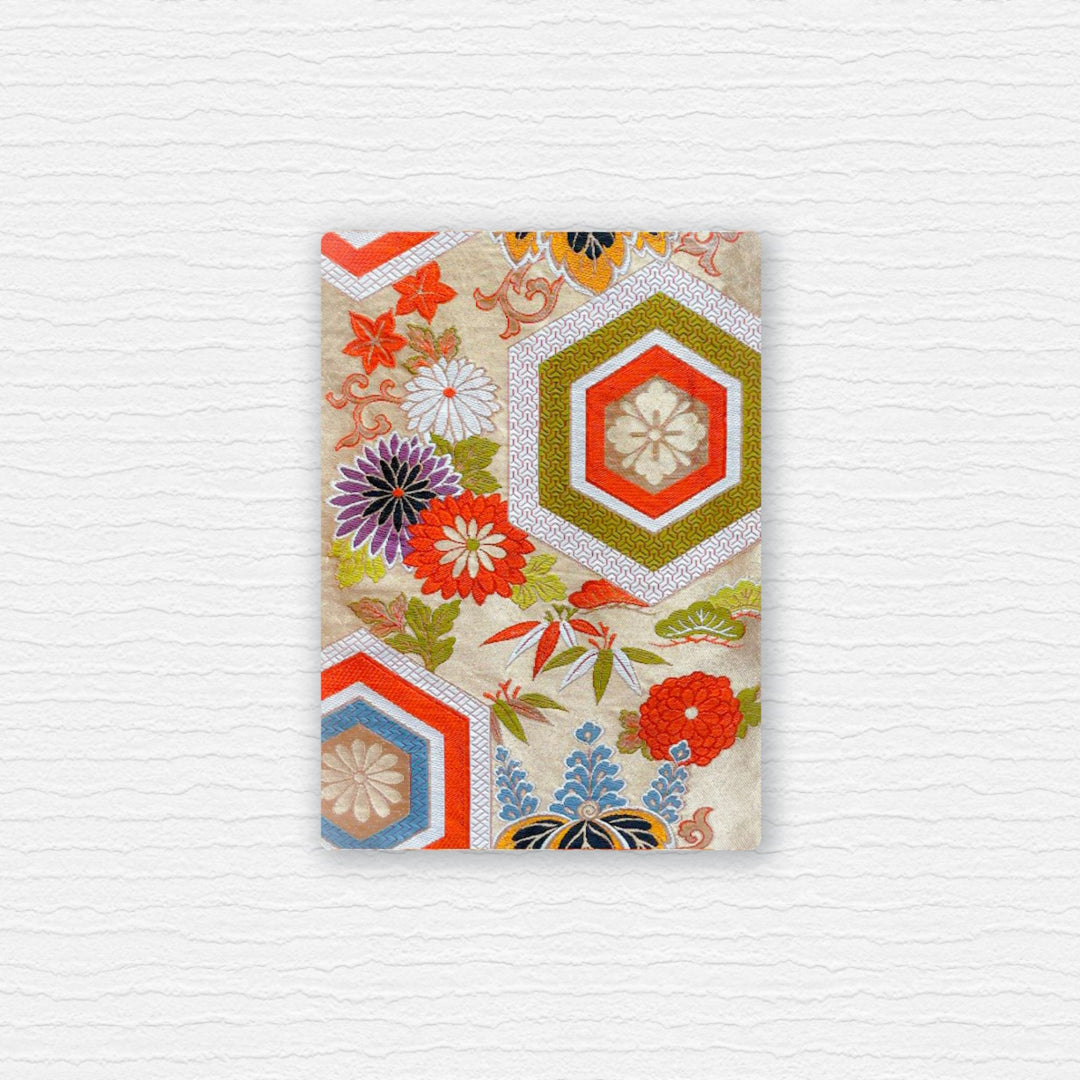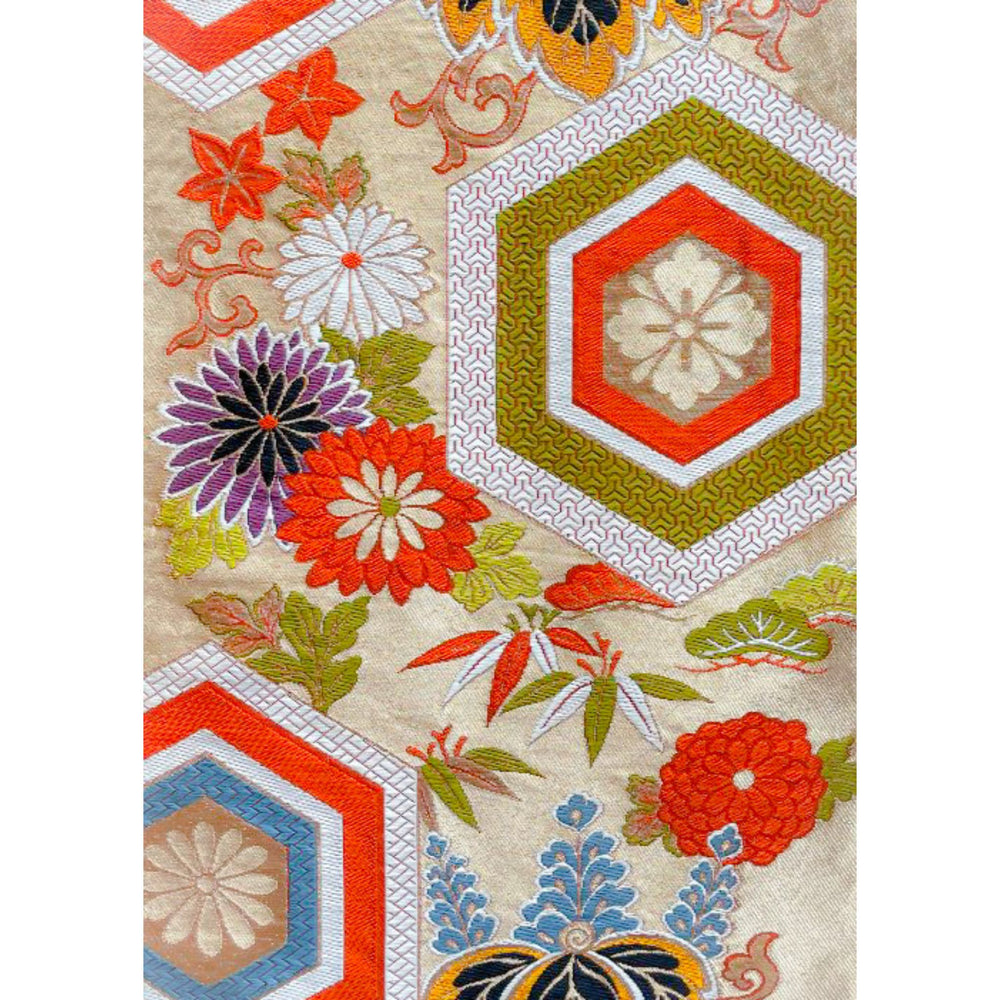Enjoy the exclusivity and elegance of the vintage Japanese Kimono and Obi by incorporating them into your daily life with our exciting new ranges from Obico!
To add a bit of Tokyo essence in to your everyday life, Obico produces eye-catching interiors, such as their beautiful fabric wall panels, utilizing carefully-selected vintage kimono and obi fabrics. Otherwise, you can opt for a one-of-a-kind original kimono obi cross-body bag.
Who are Obico?
Obico pride themselves in transforming vintage kimono and obi into unique, decorative and wearable art. They only use high quality kimono and obi fabrics and offer three ranks - ultimate (S-class), premium (A-class) & standard (B-class). The obi fabrics selected by obico are ranked according to their own standards under the supervision of the holders of the certification of the Japan Kimono Association, taking into consideration many quality factors comprehensively.
In the world of kimono and obi, there are several methods of categorizing the patterns.
The most common method is categorizing by their “proper noun”, like animal, nature, flower and so on. They can also be categorized according to their “location and usage” or “history and story”. Learn more about the patterns here: https://obico.jp/en/pages/japanese-patterns
What is an Obi?
An obi belt is a long decorative sash (belt) that is used to wrap around the body to wear a Japanese kimono. They have no fastening parts, and instead are tied together in a bow or other attractive knot.
Originating as a simple thin belt in Heian period (more than 1000 years ago), the obi developed over time into a belt with a number of different varieties spanning different sizes and proportions, lengths, and methods of tying.
Obi are categorised by their design, formality, material, and use, and can be made of a number of types of fabric, with heavy brocade weaves worn for formal occasions, and some lightweight silk obi worn for informal occasions. Obi are also made from materials other than silk, such as cotton, hemp and polyester, though silk obi are considered a necessity for formal occasions.
Some of the most popular and common area of the production is Nishijin (Kyoto), Kiryuu (Gunma) and Hakata (Fukuoka).


